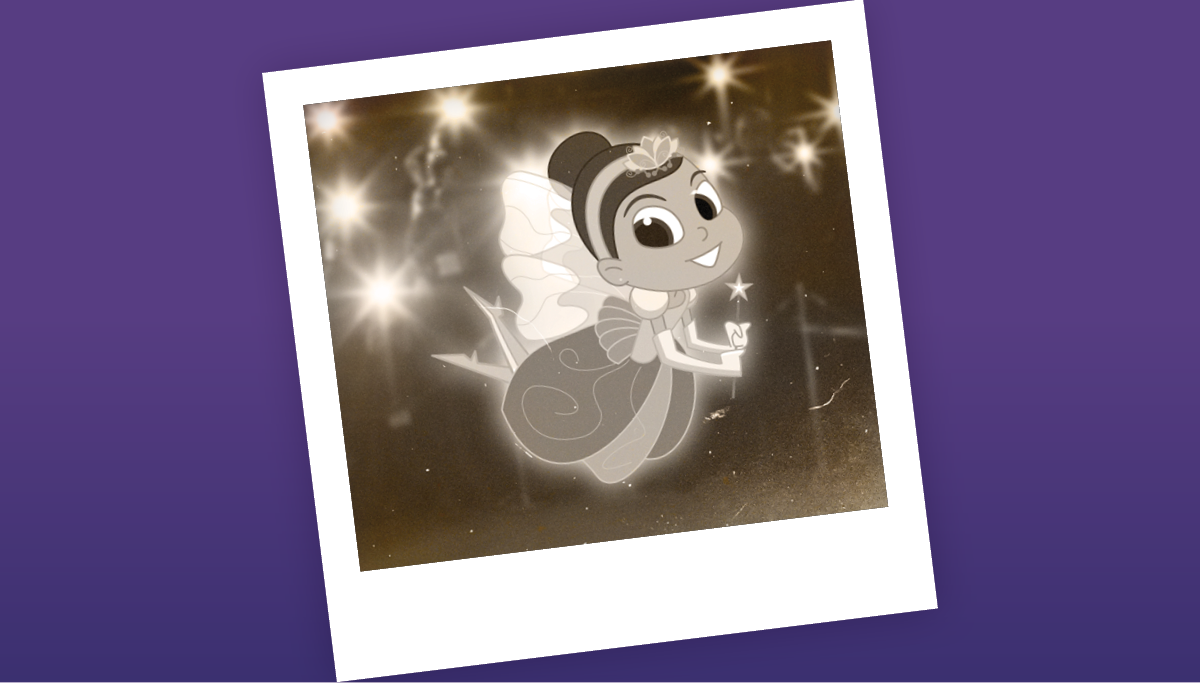History of the Tooth Fairy
Each year, millions of kids all around the world anxiously wait for the arrival of the Tooth Fairy after a baby tooth falls out. For some families, the Tooth Fairy brings coins or money to celebrate the occasion. Other times, she brings new oral health products such as toothbrushes, toothpaste, or floss to take care of the incoming adult tooth.
No matter what the Tooth Fairy brings, it’s always a special event when she visits.
Baby teeth started it all
Many people are surprised to find out that there have been rituals around the loss of baby teeth for hundreds of years.
There are accounts of children being paid after losing their first tooth from as early as 1200 CE in Northern Europe. This tradition was called tand-fé, or tooth fee.
Later, other rituals surrounding the loss of baby teeth arose. For example, in medieval Scotland and Switzerland, it was believed that children who did not burn their teeth might spend the rest of eternity looking for them.
Clearly, the loss of baby teeth had an impact on humans long before the Tooth Fairy came to be.
The Tooth Fairy is named
The concept of the Tooth Fairy as we know it today didn’t emerge until the early 20th century. In 1908, the Chicago Tribune was the first to publish the name “Tooth Fairy” in a “Household Hints” item. The section read:
Tooth Fairy. Many a refractory child will allow a loose tooth to be removed if he knows about the Tooth Fairy. If he takes his little tooth and puts it under the pillow when he goes to bed the Tooth Fairy will come in the night and take it away, and in its place will leave some little gift. It is a nice plan for mothers to visit the 5-cent counter and lay in a supply of articles to be used on such occasions.
— Lillian Brown, Tooth Fairy, Chicago Daily Tribune
In the 1970s, the Tooth Fairy’s popularity really took off when a radio DJ in Chicago named Dick Orkin mentioned her on his show. The series was called “The Secret Adventures of the Tooth Fairy”. There were 325 episodes of the show produced.
Pro tip: You can listen to “The Secret Adventures of the Tooth Fairy” on Spotify!
Now, the Tooth Fairy is a standard tradition for families all over the world. She’s even made her way into pop culture.
The modern Tooth Fairy
Today, the Tooth Fairy visits children all around the world, including in the United States, England, Denmark, and Australia. She usually leaves a small prize or money offering in exchange for a clean baby tooth.
Fun fact: The Tooth Fairy’s going rate for teeth ranges from two to five dollars per tooth. The average is $5.01 in the United States.
The Tooth Fairy has also been popularized in films, books, and appearances on TV. She’s often portrayed in the same light as Santa Claus or the Easter Bunny.
Variations of the Tooth Fairy
In many countries, the Tooth Fairy is portrayed as a small, wand-waving, winged female. However, in other countries such as New Zealand or Mexico, the fantastical creature is portrayed as a mouse.
Like the Tooth Fairy, the Tooth Mouse will sneak into a child’s bed to snatch the tooth and leave cash behind. In Russia and Afghanistan, the idea of the Tooth Mouse is very different. Instead of leaving a tooth under a pillow, children leave it in a mouse or rat hole with the hope that the rodent will provide them with an adult tooth that is as durable as their own teeth.
There are many rituals around the world that do not involve the Tooth Fairy. In Egypt and other Middle Eastern countries, children will throw their baby teeth at the sun with the hope that it will give them a bright white adult tooth. In Korea, Haiti, Taiwan, Greece, and Sri Lanka, children throw their baby teeth onto the roof of their homes.
Importance of the Tooth Fairy
Whether a mouse or fairy visits your home, the idea behind the Tooth Fairy is important because it encourages good oral health habits in children.
Many parents tell their children that the Tooth Fairy only collects clean and healthy teeth. This leads children to brush and floss their pearly whites in hopes of receiving a prize when it falls out.
For more information about the importance of the Tooth Fairy, check out “Why the Tooth Fairy is an important character for kids.”

